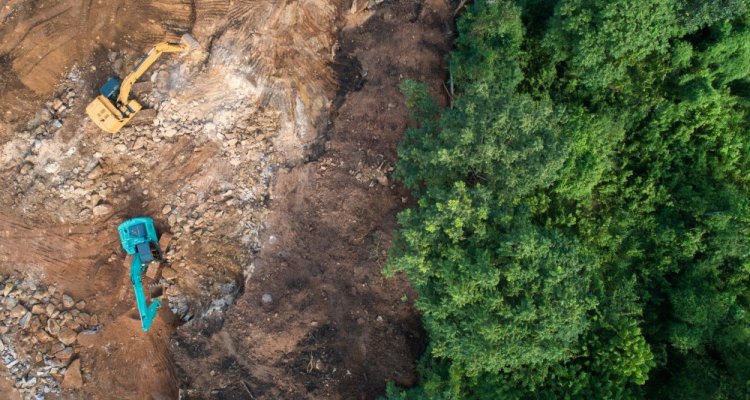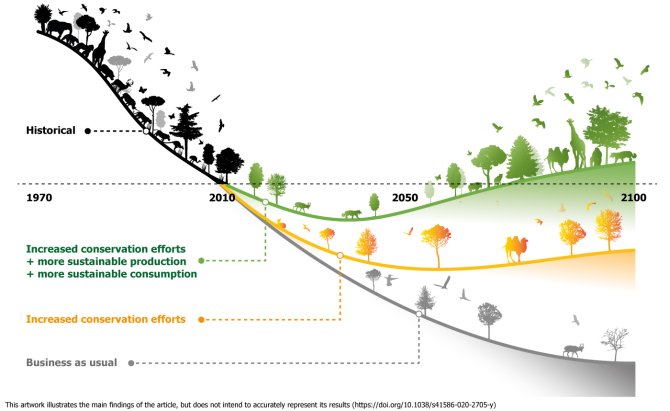
News
Global biodiversity loss can still be halted
There is still hope of preserving animal and plant species that are rapidly disappearing at the hands of humans. This is the conclusion of the international research institute IIASA in collaboration with Wageningen University & Research and PBL Netherlands Environmental Assessment Agency, among others. In leading scientific journal Nature, they show that integrated action and international cooperation can still preserve and even restore biodiversity. Nature will need to be protected and, among other things, the food system will have to be overhauled.
The study, which was published in Nature and which is part of the latest Living Planet Report from the WWF, explored for the first time an integrated solution for achieving the biodiversity goals for 2050. The integrated future paths that could lead to this goal are also being studied.
Food supply under pressure
For decades, the plant and animal kingdom has been rapidly thinning out and ecosystems are becoming smaller and of lesser quality. If this downward trend does not stop, the food supply for future generations will come under pressure. Clean water and clean air will also become scarce. There are already ambitious goals on the table to save our natural world. But, in between, there is also the practical need to be able to continue to feed our growing world population.
The tide can be turned
According to Hans van Meijl, economist at Wageningen Economic Research, the research has a positive intention: “The tide can be turned. Last year, the Ipbes report indicated that our biodiversity is in bad shape. Now you see in this research that we have to work on our food system and protect our forests, and that a positive change can come from that effort."
Magnet and Image-Globio
Various calculation models and scenarios are being used in this large-scale study. These are models that can be used to calculate the consequences of integrated future paths on environmental changes, changes to the economy and food security, and changes in land use and biodiversity on a global scale.
In this research, Wageningen Economic Research has used its own calculation model for the world economy: Magnet (Modular Applied GeNeral Equilibrium Tool). It can calculate how much land you need to feed people and at what cost of food. PBL Netherlands Environmental Assessment Agency has delivered another model, called Image-Globio (integrated Environment and Biodiversity Model). This model calculates the effects of climate change and land use (such as agriculture and forestry and urban construction) on biodiversity.

Several knobs
In the study, the researchers are looking at various measures and scenarios to save biodiversity, such as protecting nature reserves or preventing food waste. At the same time, we need to produce more food for the growing world population. Agricultural yield must therefore increase. Eating less animal protein will also have a positive effect on biodiversity. So there are several knobs you can turn to preserve nature and even reverse the downward spiral.
Some measures work against each other
The study shows that some measures are also counterproductive. Van Meijl: “If you want to protect nature reserves, you will have less land left for agriculture. And then food prices rise, while we have to feed more and more people. It depends on what you're focusing on. But if you work on a combination of measures, you can bend the curve for the better and feed the people at the same time. So, if we change our food system, we will have to protect nature and vice versa."